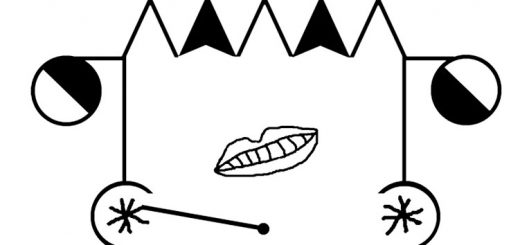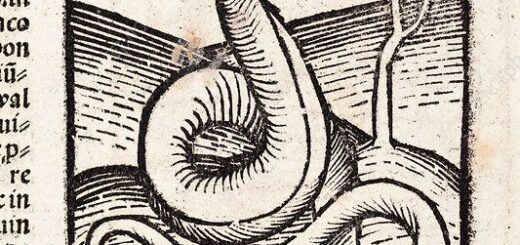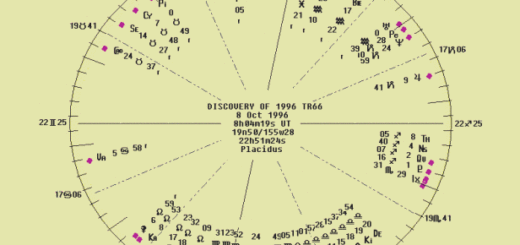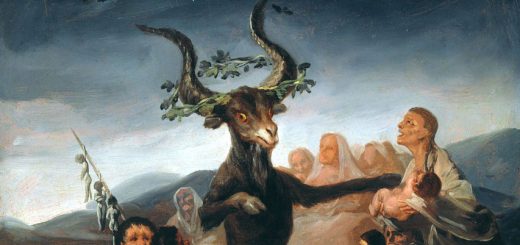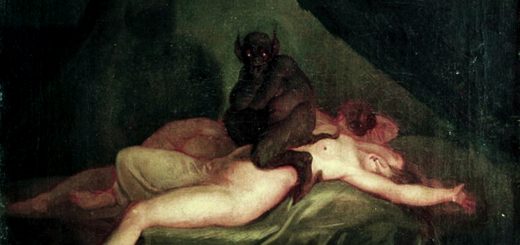Jewish magic or Kabbalah Ma’asit (Practical Kabbalah)
Jewish magic is a type of magic that derives from Jewish religious and cultural traditions. It utilizes traditional Jewish texts, such as the Bible and Talmud, as well as Hebrew language, symbols, and imagery. One of its distinguishing characteristics is the use of holy names and angels.
Practitioners of Jewish magic believe that by invoking the names of God and angels, they can access divine power and influence the outcome of their magical workings.
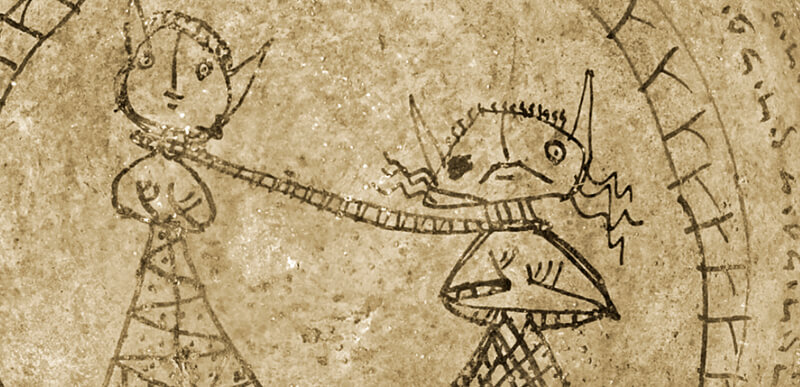
Additionally, Jewish magic incorporates amulets, talismans, and other protective objects, such as the mezuzah, which is attached to the doorpost of Jewish homes. These objects are believed to offer protection against malevolent spirits and other negative forces.
The practice of Jewish magic also encompasses specific rituals and ceremonies, including the kabbalistic theurgic ritual, which involves the use of divine names, as well as exorcism and healing rituals that draw from traditional Jewish texts, prayers, and incantations.
The origins of Jewish magic can be traced back to the ancient Near East, where magic and religion were intimately linked. Jewish magic was influenced by neighboring cultures, such as the Babylonians and Egyptians, as well as by Jewish religious texts and customs. It has evolved over time and has been practiced in various forms throughout Jewish history, from the biblical era to the present day.

Practical Kabbalah (קַבָּלָה מַעֲשִׂית Kabbalah Ma’asit)
) in historical Judaism, is a branch of Jewish mystical tradition that involves the use of magic.
It was considered permissible white magic by its practitioners, reserved for the elite, who could separate “its spiritual source” (tumah and taharah; impurity and purity) from the Qliphoth (demonic realms of evil), if performed under conditions that were holy (Qadosh) and pure.
Concern over transgressing the Mitzvot’s strict prohibitions on magic, intercourse with spirits and astrology ensured that it remained an underground tradition in Jewish history. Its teachings include the use of divine and angelic names for amulets and incantations.
Practical Kabbalah is mentioned in historical texts, but most Kabbalists have learned that its use is forbidden. It contrasts with the mainstream tradition in Kabbalah of Kabbalah Iyunit (contemplative Kabbalah), which seeks to explain the nature of God and the nature of existence through theological study and Jewish meditative techniques.
According to Gershom Scholem, many of the teachings of practical Kabbalah are older and independent of the theoretical Kabbalah commonly associated with the term. He writes that what was considered practical Kabbalah is an amalgamation of all the magical practices that developed in Judaism from the Talmudic period (400-1000 AD) into the later Middle Ages. The teachings of the Sefirot hardly played a decisive role in these practices…”.

Golem

In the 13th century, a problem that intrigued the Ashkenazi Hasidim (literally “the Pious of Germany”) was the possibility of creating life by magical means.
They used the word “Golem” (literally, formless or lifeless matter) to refer to a hypothetical homunculus that was given life by magically invoking divine names. This interest inspired a whole cycle of legends surrounding the golem, which continued into the 18th century.
The identification of the ancient Sefer Yetzirah regarding the creative power of the Hebrew letters as the means of creating a golem was derived from the interpretation of two statements in the Babylonian Talmud, Tractate Sanhedrin.
One tells that the Abba ben Joseph bar Ḥama (“Rava”) created a man; in the second, two other Sages “studied the laws of ‘creation'” and created a “triple calf” which they ate for a feast.
Medieval separation of conceptual and practical Kabbalah
During the medieval period, Kabbalah underwent a separation of its mystical and magical elements, leading to the distinction between speculative theological Kabbalah (Kabbalah Iyyunit) and theurgic practical Kabbalah (Kabbalah Ma’asit) by the early 14th century.
While the former was associated with meditative traditions, the latter involved the use of magic and was condemned by many traditional Kabbalists, including Abraham Abulafia.
Although the vast majority of Kabbalistic involvement, writing, and development focused on theological Kabbalah, a tradition of practical Kabbalah thrived in Spain during the second half of the 15th century. Its main text, Sepher ha-Mashiv, focused on demonology and the use of coercive incantations to hasten the Messianic Era.

However, Joseph Della Reina’s failure with his students was regarded as a warning of the potential dangers of involvement in Kabbalistic practices.
In the 16th century, Isaac Luria, who opposed practical Kabbalah, developed a form of exorcism that replaced magical formulas and rites with contemplative exercises.
Luria prohibited his students from writing amulets and using other techniques of practical Kabbalah, which eventually led to the prohibition of practical Kabbalistic practices in Safed during the Kabbalistic Renaissance.
Despite this, ancient forms of practical Kabbalah continued to hold appeal.
You may also like to read:
Pulsa Dinura, the Jewish death curse
Jewish Femmes Fatales for Dummies
Dybbuk or Dibbuk – the sticky ghost of the Ashkenazi


